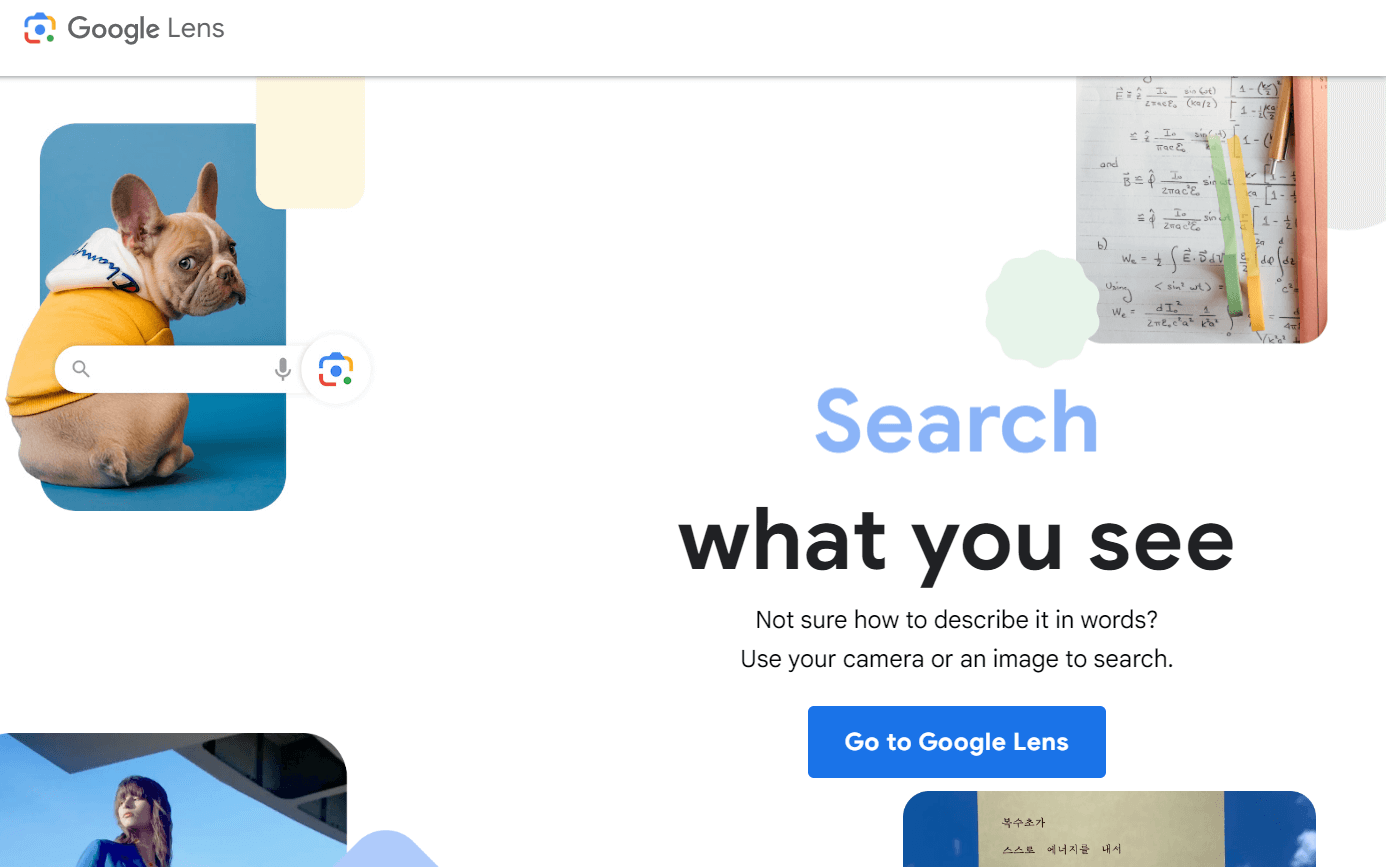
In the realm of modern technology, innovations that enhance our interaction with the world around us are continually emerging. One such groundbreaking tool is Google Lens, a powerful visual search engine that uses artificial intelligence (AI) to analyze and understand images. Launched by Google, this tool leverages the camera on your smartphone to recognize objects, text, and other elements in your surroundings, providing relevant information and facilitating various actions. This article delves into the capabilities of Google Lens, its applications, and the transformative impact it has on how we interact with the world.
What is Google Lens?
Google Lens is an AI-powered technology integrated into many Android and iOS devices, allowing users to obtain information about objects, landmarks, text, and more by simply pointing their camera. It combines machine learning with Google’s vast database to identify and contextualize what the camera captures, making it an invaluable tool for everyday use.
Core Features of Google Lens
- Image Recognition: Google Lens can identify a wide range of objects, including plants, animals, products, and artwork. By analyzing the visual data, it provides detailed information about the identified items.
- Text Recognition and Translation: This feature allows users to copy, search, and translate text from physical documents, signs, and books. It’s particularly useful for translating foreign languages on the go.
- Landmark Identification: When pointed at a landmark, Google Lens provides historical facts, visitor reviews, and other relevant details.
- Product Search: By scanning barcodes and QR codes, Google Lens helps users find product information, prices, and online purchasing options.
- Smart Text Selection: This feature enables users to highlight and interact with text in images, such as copying a recipe from a book or adding an event from a poster to their calendar.
- Style Match: Users can discover clothing, furniture, and decor items similar to what they see in real life, aiding in shopping and inspiration.
How to Use Google Lens
Using Google Lens is straightforward. Here’s a step-by-step guide:
- Access Google Lens: Open the Google app or Google Photos, and tap on the Google Lens icon (usually represented by a small camera).
- Point and Tap: Point your camera at the object, text, or scene you want to analyze, and tap on the screen.
- Interact with Results: Google Lens will provide information, suggestions, and actions based on what it identifies. You can interact with these results to copy text, search for products, translate languages, and more.
Applications of Google Lens
Everyday Utility
- Translating Text: Travelers can use Google Lens to translate signs, menus, and other text in foreign languages, making navigation and communication easier.
- Identifying Plants and Animals: Nature enthusiasts can identify plants, flowers, and animals in their surroundings, gaining more knowledge about the natural world.
- Shopping Assistance: Users can find similar clothing, furniture, and decor items, helping them make informed purchasing decisions.
Educational Use
- Homework Help: Students can use Google Lens to scan and search for solutions to math problems or to gather information on specific topics from textbooks and notes.
- Historical and Cultural Learning: By identifying landmarks and artworks, students and tourists can learn about historical sites and cultural artifacts in real-time.
Business and Professional Use
- Networking: Professionals can scan business cards to save contact information directly to their phone’s address book.
- Document Management: Google Lens can digitize physical documents, making it easier to store, search, and share important information.
Impact on Daily Life
Google Lens significantly enhances daily life by making information more accessible and actionable. Here’s how it transforms various aspects of our interactions:
Convenience and Efficiency
Google Lens streamlines tasks that would otherwise require multiple steps or resources. For example, instead of manually typing out text from a book, users can quickly scan and copy it. This efficiency extends to shopping, learning, and navigating, making daily activities more seamless.
Enhanced Learning
By providing instant information and context about the world around us, Google Lens acts as an educational tool. It encourages curiosity and learning by making knowledge readily available. This is particularly valuable for students and lifelong learners who can use it to supplement their studies and explore new topics.
Accessibility
For individuals with disabilities, Google Lens offers significant benefits. It can read text aloud, translate languages, and provide visual assistance, making information more accessible to those with visual or reading impairments.
Privacy and Security Considerations
While Google Lens offers numerous benefits, it also raises important privacy and security considerations. The data captured by Google Lens, including images and text, is processed by Google’s servers. Users should be aware of the following:
- Data Usage: Google uses this data to improve its services and provide relevant information. Understanding how your data is used and stored is crucial for maintaining privacy.
- Permissions: Google Lens requires access to your camera and, in some cases, your photos and location. Reviewing and managing app permissions can help protect your privacy.
- Sensitive Information: Avoid using Google Lens to capture sensitive or personal information that you wouldn’t want to be processed or stored by Google.
Future Developments
As technology continues to advance, the capabilities of Google Lens are expected to expand. Future developments may include:
- Improved AI and Machine Learning: Enhancements in AI will make Google Lens more accurate and capable of recognizing an even broader range of objects and scenarios.
- Integration with Other Apps: Deeper integration with other Google services and third-party apps will provide a more seamless user experience.
- Augmented Reality (AR): Combining Google Lens with AR could offer immersive experiences, such as virtual tours of historical sites or interactive educational content.
FAQs
How do I access Google Lens?
You can access Google Lens through the Google app, Google Photos, or the camera app on supported Android devices. Look for the Google Lens icon, which resembles a small camera.
How does Google Lens identify objects?
Google Lens uses machine learning and Google’s vast database to analyze visual data captured by your camera, identifying objects and providing information about them.
Can Google Lens translate text?
Yes, Google Lens can translate text from various languages in real-time. Simply point your camera at the text, and Google Lens will detect and translate it.
Is Google Lens free to use?
Yes, Google Lens is free to use. It is integrated into the Google app and Google Photos, which are also free.
What types of devices support Google Lens?
Google Lens is available on most Android devices with the Google app or Google Photos installed. It is also available for iOS devices through the Google app.
Is Google Lens available in all countries?
Google Lens is available in most countries where the Google app is supported. Some features, like text translation, may vary depending on the region and language support.




